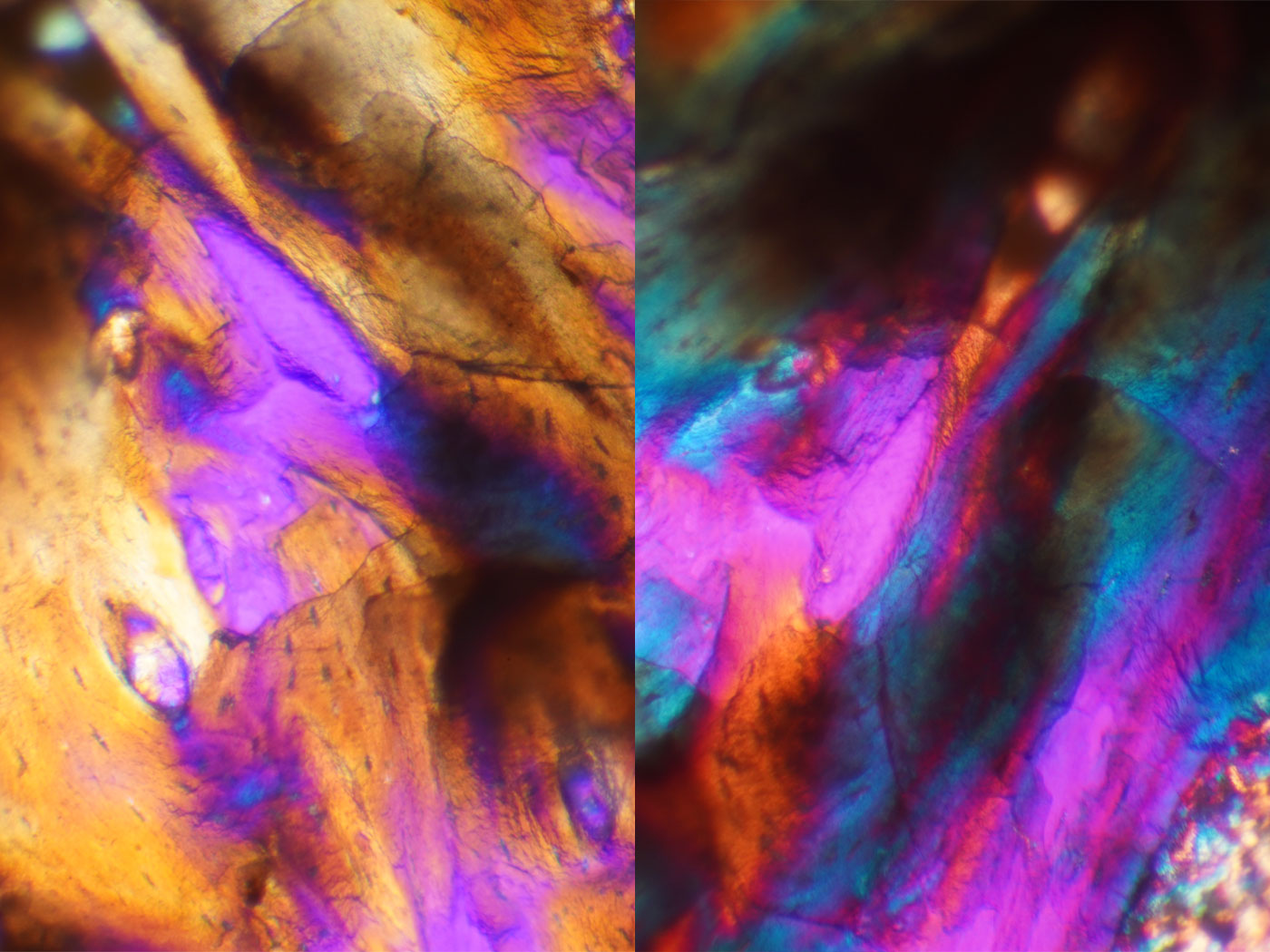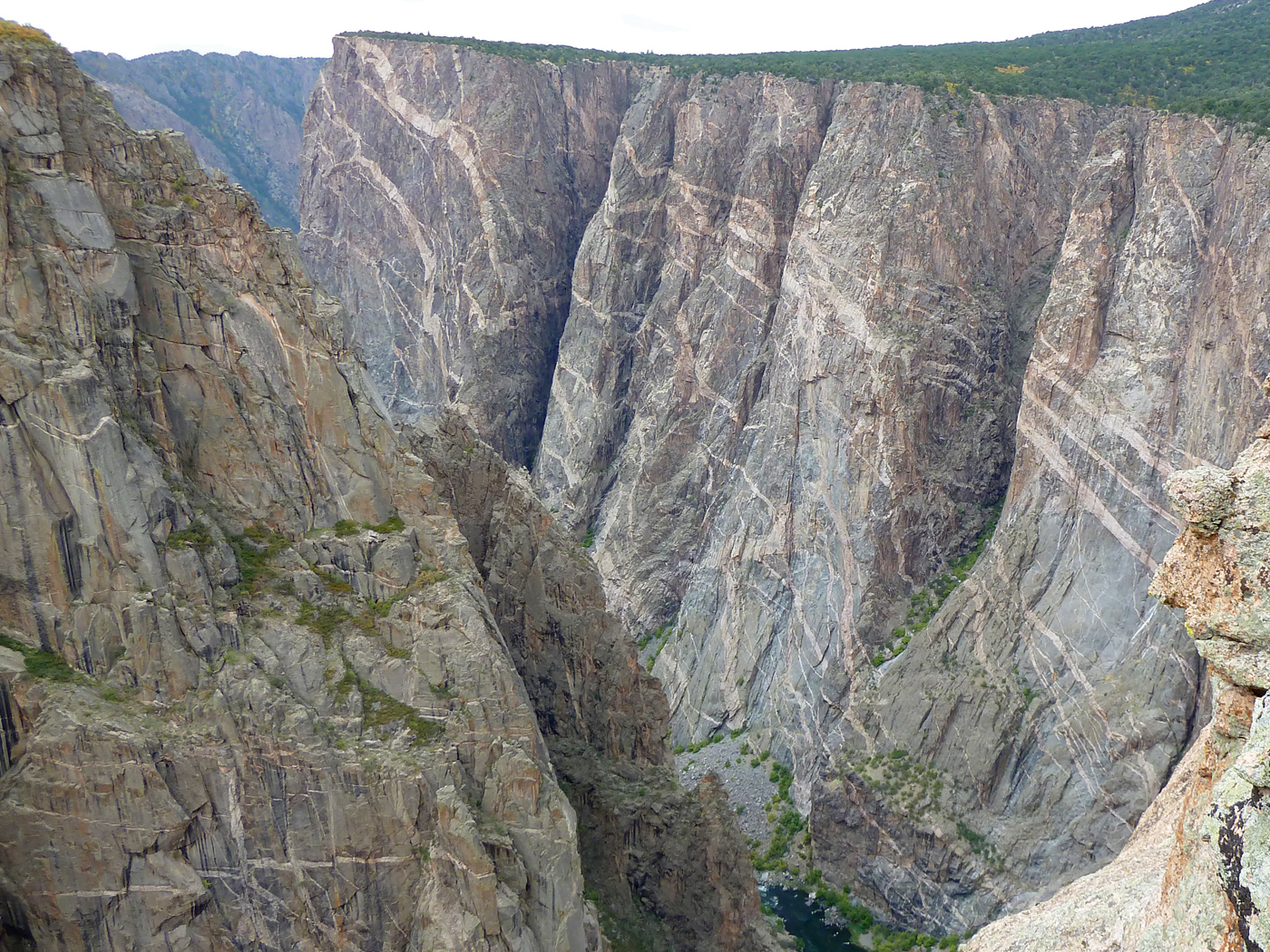Back in the 1800s, Europeans bred carp until the breeders crafted a small population that lost all its scales. Carp without scales are easier to clean in preparation for cooking. In 1912 some of these scale-free carp were transported from France to Madagascar, which had no native carp populations. Within a few decades some of the carp escaped and colonized natural Madagascar waters. Then in the 1950s, remarkably, some of the fish began re-growing the scales their captive ancestors had completely lost. Scientists puzzled over how these fish were able to regenerate a supposedly erased trait. New genetic analysis tools should help collect answers.
French and other biologists recently sampled 686 carp from both farm stocks and the Madagascar wilds. They counted scales and ran genetic tests, publishing their shocking result in the Proceedings of the Royal Society B.1 The team's analysis revealed that most of the wild, scale-bearing carp had the same mutation that causes other carp to grow up without scales. During captivity, the mutation had disabled an enzyme normally required to develop scales.
Somehow, carp overcame their mutation, and the scale-free fish fathered scaled descendants.
But how? The rescaled fish did not actually reverse their original scale-breaking mutation, since they still harbored that mutation even after growing back scales. Some kind of workaround in subsequent carp generations must have overcome the mutation's initial effect.
More complicated internal arrangements than just one gene must underlie carp scale development. The study's biologists referred to a prior report on roundworms as an example of what may be going on inside the carp. The authors wrote, "Instead, compensatory mechanisms predominantly relied on alternative pathways involving several genes and resulted in strong fitness benefits that could arise very rapidly."1 They ended with,
This provides a visible and striking example that evolutionary convergence (i.e. to wild-type-like scale cover) can use other routes than reversion mutation, and suggests that natural populations can host enough capacity for adaptation on the short-term to face a sudden environmental change, even if a harmful mutation was formerly fixed.
But if the essence of evolution concerns generating entirely new kinds of structures, that turn fish into amphibians for example, then why refer to an already-existing capacity for adaptation as a display of evolution?
A truly "striking example" of "evolutionary convergence," would have shown carp that became non-carp. If some merely lost scales and others rebuilt scales, then no net outward change occurred. No real evolution happened.
Carp clearly contain a "capacity for adaptation," but where did it come from? The study authors wrote that the scale trait is "under strong quantitative genetic control" and probably follows a polygenic inheritance pattern.1 These descriptions match intentional created design, not evolutionary happenstance. The "genetic control" must have been built in to carp genetics from the beginning.
In the context of biblical creation, God foreknew that fish would encounter various challenges as they met their divine charge to fill the earth's ever-changing waterways. He has the skill to integrate capacities for adaptation into his well-crafted carp and the wisdom to make sure the animal could deploy those capacities soon enough to make a difference—in only a few generations. Plus, the God of the Bible would care enough about his creatures to actually do all this, making remarkable carp adaptations a swimming testimony to His foreknowledge, skill, wisdom, and care.
Reference
- Hubert, J. N. et al. 2016. How could fully scaled carps appear in natural waters in Madagascar? Proceedings of the Royal Society B. 283 (1837): 20160945.
*Mr. Thomas is Science Writer at the Institute for Creation Research.
Article posted on September 12, 2016.








